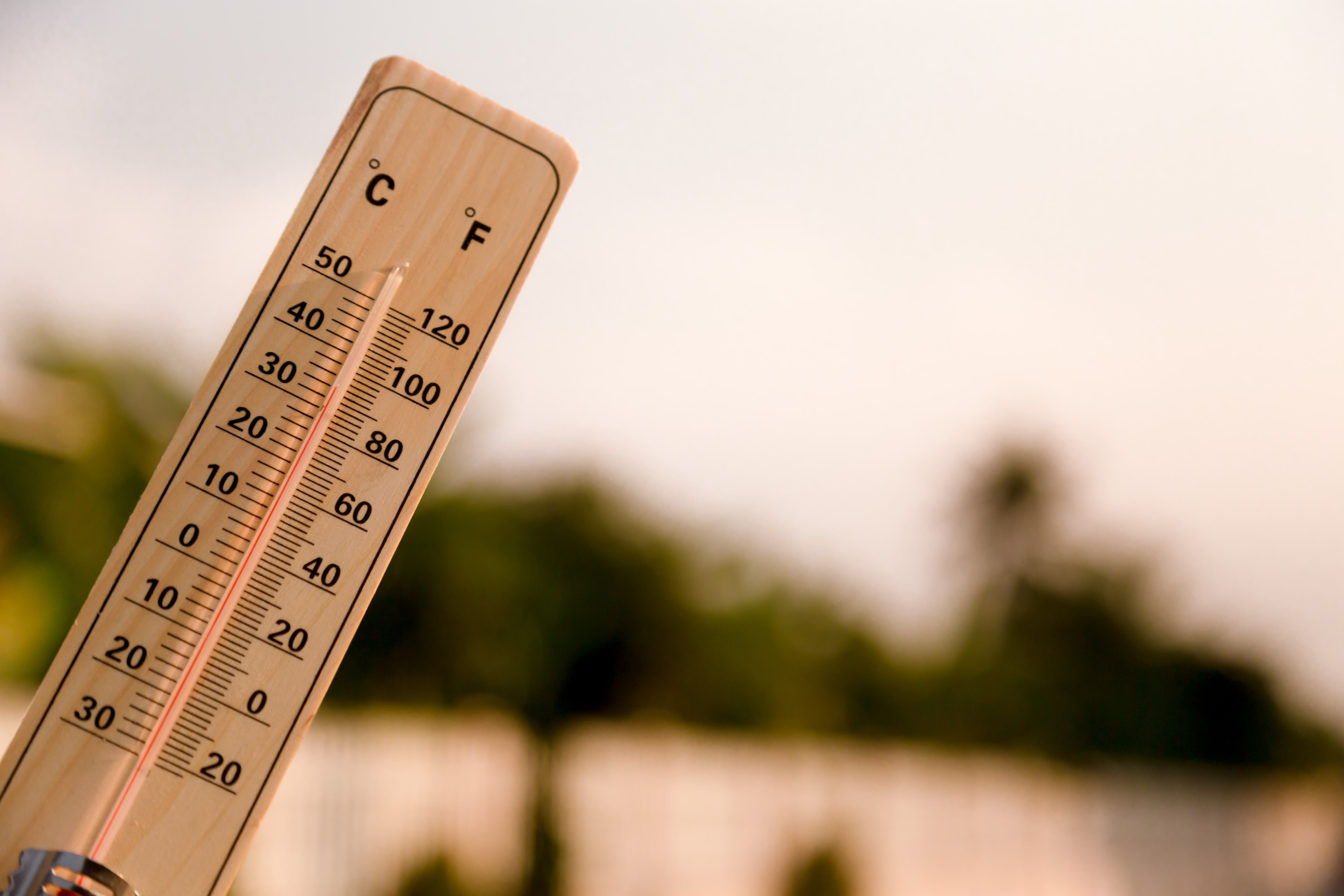Heat-related deaths should be somewhat preventable. In France, some prevention measures are activated when minimum and maximum temperatures averaged over three days reach city-specific thresholds. The current thresholds were computed based on a descriptive analysis of past eat waves and on local expert judgement. We tested whether a different method would confirm these thresholds. The study was set in the six cities of Paris, Lyon, Marseille, Nantes, Strasbourg and Limoges between 1973 and 2003. For each city, we estimated the excess in mortality associated with different temperature thresholds, using a generalised additive model, controlling for long-time trends, seasons and days of the week. These models were used to compute the mortality predicted by different percentiles of temperatures. The thresholds were chosen as the percentiles associated with a significant excess mortality. In all cities, there was a good correlation between current thresholds and the thresholds derived from the models, with 0°C to 3°C differences for averaged maximum temperatures. Both set of thresholds were able to anticipate the main periods of excess mortality during the summers of 1973 to 2003. A simple method relying on descriptive analysis and expert judgement is sufficient to define protective temperature thresholds and to prevent heat wave mortality. As temperatures are increasing along with the climate change and adaptation is ongoing, more research is required to understand if and when thresholds should be modified.
Auteur : Pascal M, Wagner V, Le Tertre A, Laaidi K, Honore C, Benichou F, Beaudeau P
International journal of biometeorology, 2013, vol. 57, n°. 1, p. 21-9


